I am about to tell you a true story about your body and your yoga practice. If you believe me, you will be well-rewarded with a sustainable yoga practice for years to come. If you don’t believe me, I will make it worth your while to change your mind.
I thought if I stretched enough and combined that with a deep understanding of the alignment principles of yoga (as taught to me in books and by wise teachers) that eventually I would be able to accomplish all the poses shown in B.K.S. Iyengar’s Light on Yoga book. This was my yoga posture path, going well, until I hit a plateau and began experiencing more discomfort than ease. My body firmly spoke to me saying, “Enough is enough.” I had pain in my joints, tenderness at muscle-insertion points, and instability in my low back and knees. I began to recoil at the idea of doing another yoga pose. I was confused and began to question my yoga practice. Why am I in pain? What stops me from doing certain poses? Is yoga even good for me? I knew I had to answer these questions if I was going to continue practicing and teaching yoga.
When my body hit the proverbial wall, I was in my early 30s and had been studying and practicing alignment-based yoga since I was seventeen. In my 20s, I dove deep into a style of yoga that promoted a system based on universal principles of alignment. As I interpreted the universal alignment principles: learn them, then the yoga would be safer and difficult poses would become more accessible. I began to work the ideas of a universal alignment deep into my body. At first, I had great success developed more flexibility, as it increased my body awareness, and I was able to get into poses I hadn’t been able to do before – but, then, something changed. I felt like my muscles had stretched as far as they were gonna go, I was having pain in my tendons and at my joints, the deeper poses stopped coming, and I had the feeling that my body was betraying me. I contemplated no longer teaching, or even practicing yoga.
It was my pain that led me to further explore yoga. I sought out doctors, body workers, and other yoga teachers to study with. Through this exploration, I came to realize that nothing was wrong with me; in fact, I had been missing a bone truth about the practice of postural yoga. The truth: I am, you are, we are, inside and outside, all unique. We are all universally connected, but widely different, and these differences extend all the way down to our bones and joints. Dr. Stuart McGill, a medical researcher of lower back disorders, highlights these differences when he notes, “Each person has different proportions of body segment lengths, muscle insertion lengths, muscle tendon length ratios, nerve conduction velocities, intrinsic tissue tolerances, etc…. Imposing a stereotyped ideal technique will often prevent an athlete from reaching their full potential.”
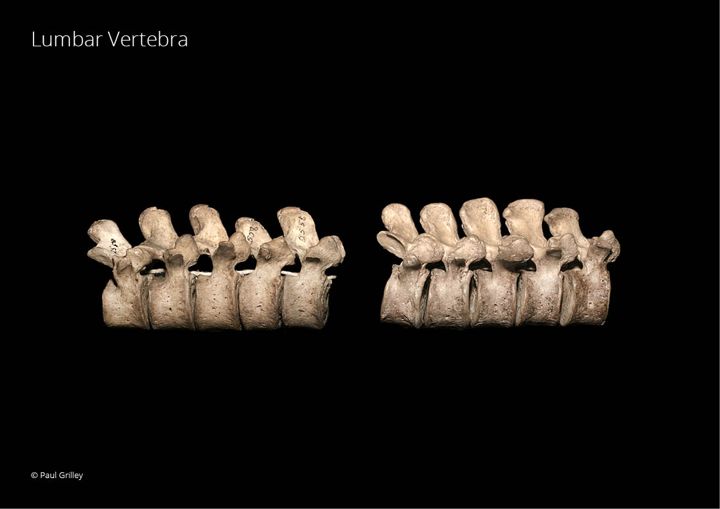
It was now very clear why I was in pain. I had been chasing the poses I saw in the pictures and trying to recreate them. I was looking at the external form, rather than listening to the sensations on the inside. I thought if I just lined up with the universal principles of alignment that I would be safe and go as far as I wanted to in my postures. I didn’t respect and honor the tension in my muscles; rather than meeting it, I exploited it, pushing past the edges of my body’s capacity and seeking the fullest range of motion. It was here where I met my bones and the end range of motion in my joints. For many years, I had been doing yoga poses without understanding that I didn’t have to stress the tissues to their maximum, and that maybe I didn’t have the natural range of motion required to do certain postures safely. I was continually pushing my postures into the bones and compressing my joints.
Physically, there are two forces that will stop your yoga poses, limit your range of motion, and predict what is possible for you in your yoga poses: tension and compression. Either, or both, of these forces may stop you from going further in a given posture. Tension arises when the body’s tissues can no longer elongate, and further movement is therefore restricted. An example of tension would be a standing forward fold; the tension of short or tight hamstrings on the back of the upper leg will keep you from going any further forward. Tension may change over time, but some tension is also necessary for supporting a strong body and stable joints. In his book Your Body, Your Yoga: Learn Alignment Cues That Are Skillful, Safe, and Best Suited To You, Author Bernie Clark points out that conversely, compression occurs when one part of the body comes into contact with another part, and further movement in that direction is therefore impossible. An example of compression would be when doing a backbend (i.e. bow pose), and the spinal processes of the vertebra above and below meet, keeping you from bending back any deeper. Compression will not change. Some compression can be beneficial to strengthen the bones, but too much can start to cause damage to the bones or cartilage on the articulating surfaces of joints.

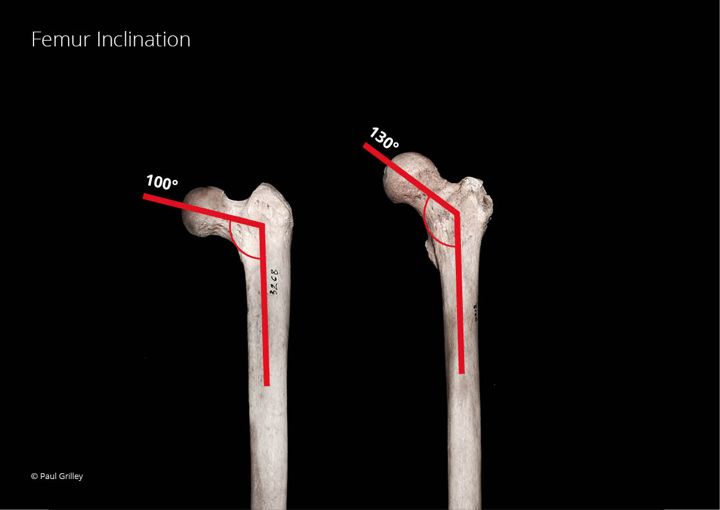
Based on the tension of your tissues, and compression points of your bones, certain poses may or may not be possible for you. We are all different, and no two skeletons are the same. Just like your fingerprints, no one else has your bone structure. Yoga Teachers Paul and Suzee Grilley have a tongue in cheek mantra they like to repeat with students about being unique, and the frustrations and judgements one may impose upon themselves when the body doesn’t seem to be fitting into a given posture. It goes like this:
“I’m the only one
There is something wrong with me
I must be inadequate in some way
Shanti, Shanti, OM”
A healthy and sustainable practice honors your differences and is functional in its approach. Consider the “why” of the yoga practice; for instance, downward dog stretches the back of the legs, hamstrings, and calves while strengthening the upper body. Yoga should teach you to meet tension with kindness, respect the capacity of your bones, and help you find your own, personal alignment via variations that fit your own body.
“People before poses” has become one of my teaching mottos. My philosophy as a teacher is not about trying to fit people into poses, but to adjust or change poses to fit people. The above realizations changed my practice forever and set me free. I healed my body when I stopped pushing into compression, found a deeper respect for the fact that my body’s tissue had (and has) its limits, and that my bone structure made some poses possible for me – some less possible, and some impossible.
Yoga has long spiritualized achieving postures and increased flexibility, but a more sustainable path understands the functionality of postures, builds strength, respects limits of the body, and encourages exploration.
All these photos are available for viewing and downloading at your convenience on Paul Grilley’s website.

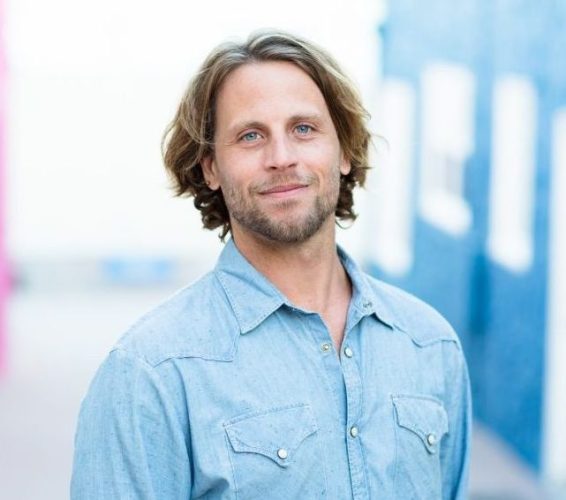








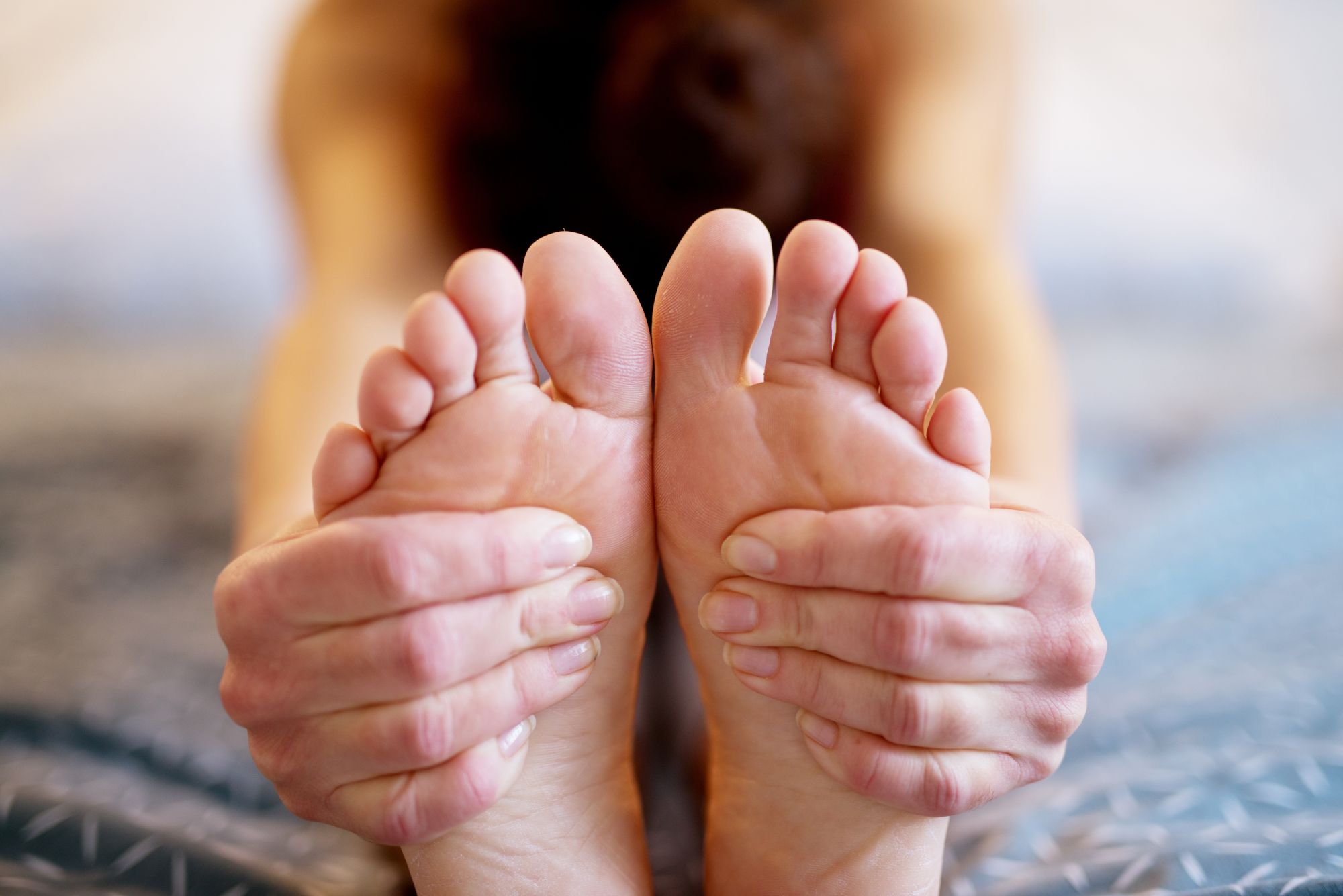
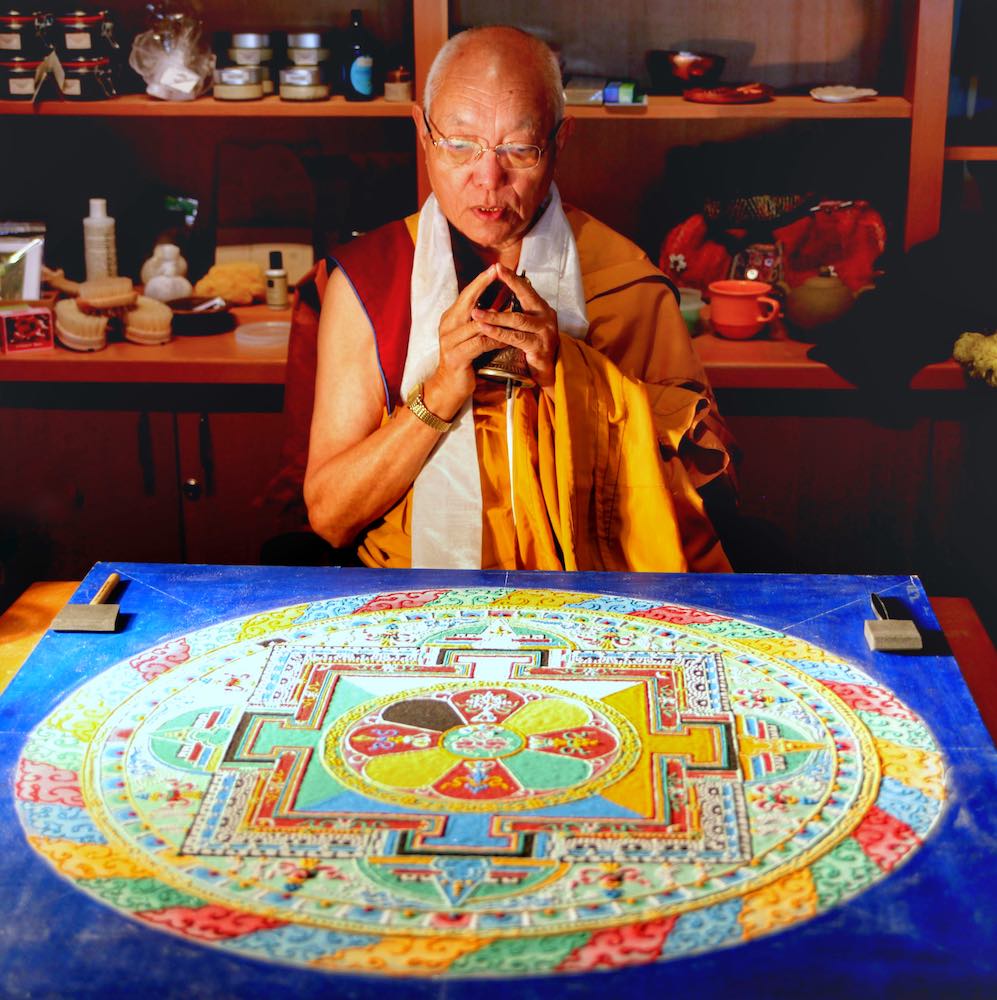
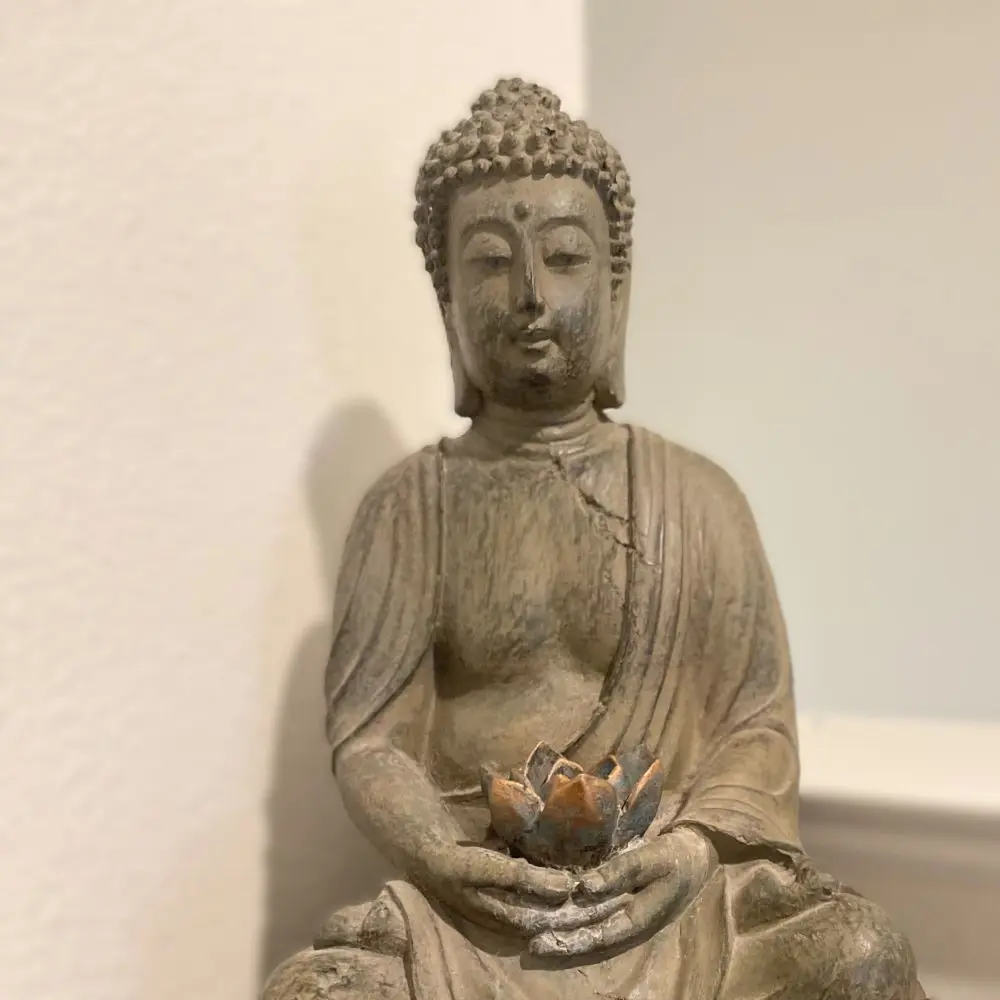


2 replies on “People Before Poses: Why My Approach to Yoga has Drastically Changed”
I am deeply appreciative reading this. One of my very first yoga teachers (Ruth Barrati) said, ” If you walk into a class where a teacher is demanding everyone look the same”, leave! Another teacher, years later, (Karen Scura) said, “We look as different from each other on the inside as we do on the outside”. I still pushed too much in between those wise teachers words, learning my lessons, but they always resonated deep inside me. Now in my senior years, continuing changes take place that require even more tender listening. I’ve told Jenn Prugh, to whom I’m eternally grateful, “Yoga is now about lovingly saying good bye to those poses that no longer serve”. This may be something she said once and I’ve made it my mantra now 😉 Anyway, I am grateful for the journey. In gratitude for your shared wisdom here and in your workshop at BTY. Thank you.
thank you!